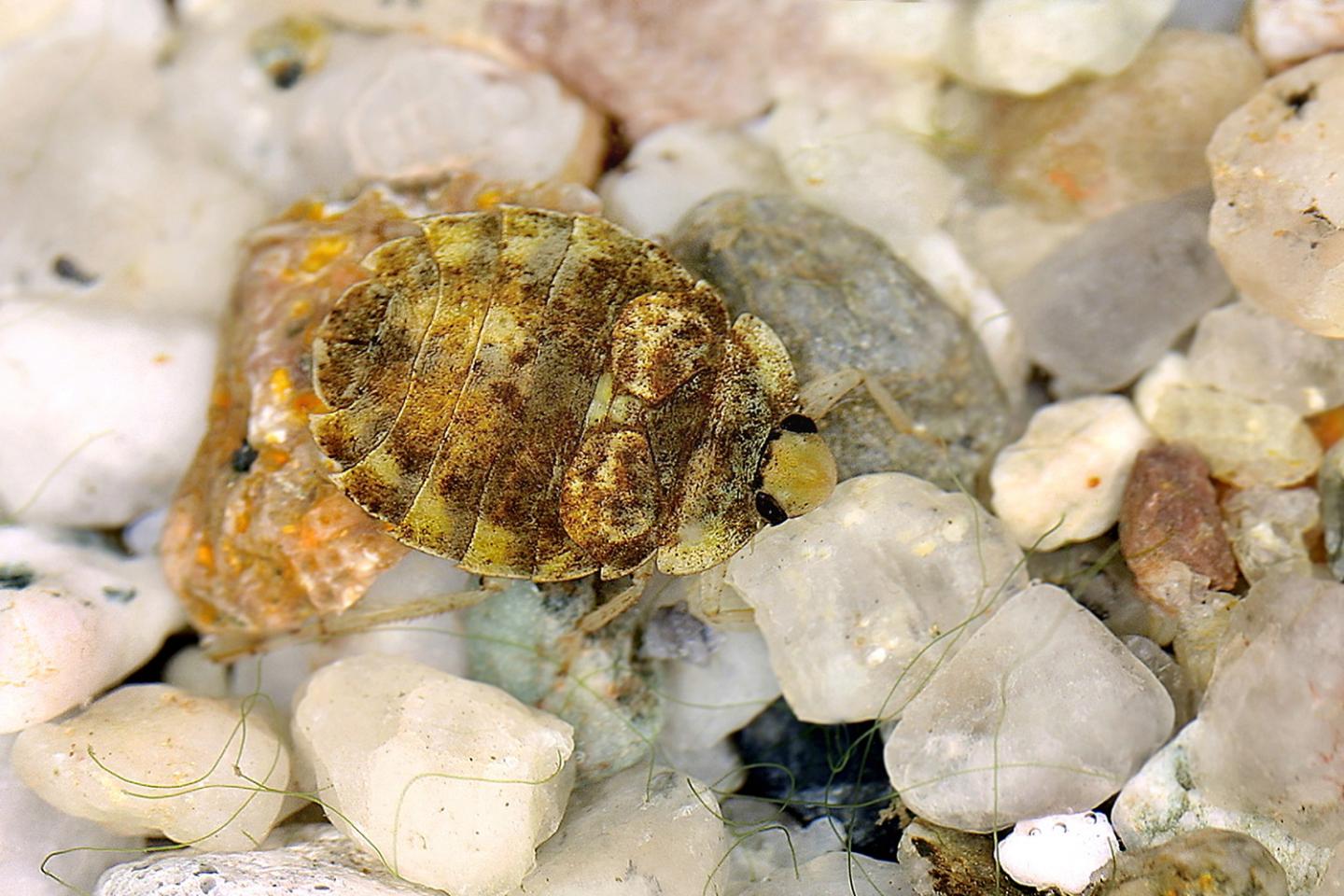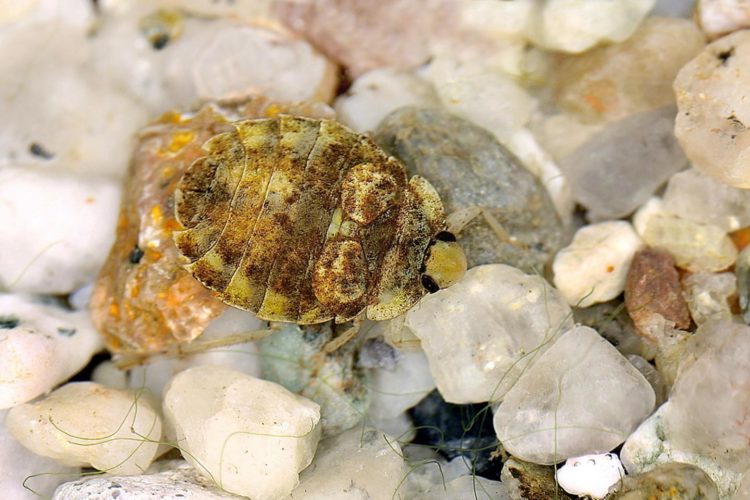New family of Heteroptera in the fauna of Catalonia

Credit: Ekkerhardt Wachmann
Aphelocheirus aestivalis, a waterbug found in mid and high sections of well-oxygenated and preserved rivers in the European continent, has been found for the first time in Catalonia (Spain) -specifically in rivers Ter and Llobregat- according to an article published in the journal Limnetica. This discovery confirms the presence of this insect from the Aphelocheiridae family in the Iberian Peninsula and enables the incorporation of a new family of Heteroptera in the Catalan fauna.
The new study is led by the lecturer Marta Goula, from the Department of Evolutionary Biology, Ecology and Environmental Sciences of the Faculty of Biology and the Biodiversity Research Institute (IRBio) of the University of Barcelona. Other authors included in the new study are the experts from the Freshwater Ecology, Hydrology and Management (FEHM) research group of the UB Narcís Prat, Cesc Múrria and Pau Fortuño, Marcos Roca-Cusachs (UB-IRBio) and Laia Jiménez, Núria Sellarès and Marc Ordeix, from the Center for the Study of Mediterranean Rivers (CERM) of the University of Vic-Central University of Catalonia.
With this new finding on the species in the Catalan water systems, researchers can complete the current map of the peninsular distribution of the Aphelocheiridae family, which was so far represented by two endemic species -A. murcius and A. occidentalis- described in other autonomous communities of Spain. Actually, the previous scientific bibliography noted that citations of A. aestivalis in the Iberian Peninsula could be wrong, and will probably correspond to any of the already described endemisms or to others yet to be described.
The new specimens of this waterbug -an insect with a high habitat specificity- were found in in two sections of the river Llobregat and the Ter that were spaced thirty-six kilometers. According to the study, these insects show some differences in male internal genital structures compared to other specimens that were found in other European areas. The restricted and fragmented distribution of the species together with its biological requirements – mainly a good ecological quality of water systems- are factors that put in danger its future conservation and require to take urgent measures to preserve the natural habitat, experts warn.
The findings of A. aestivalis show the research effort made on ecology and biology of water ecosystems carried out for more than twenty-five years by the experts from the Freshwater Ecology, Hydrology and Management (FEHM) research group of the UB and CERM of UVic-UCC in the water basins of the rivers Llobregat and Ter.
###
Media Contact
Rosa Martínez
[email protected]
0034-934-031-335
Original Source
https:/
Related Journal Article
http://dx.





